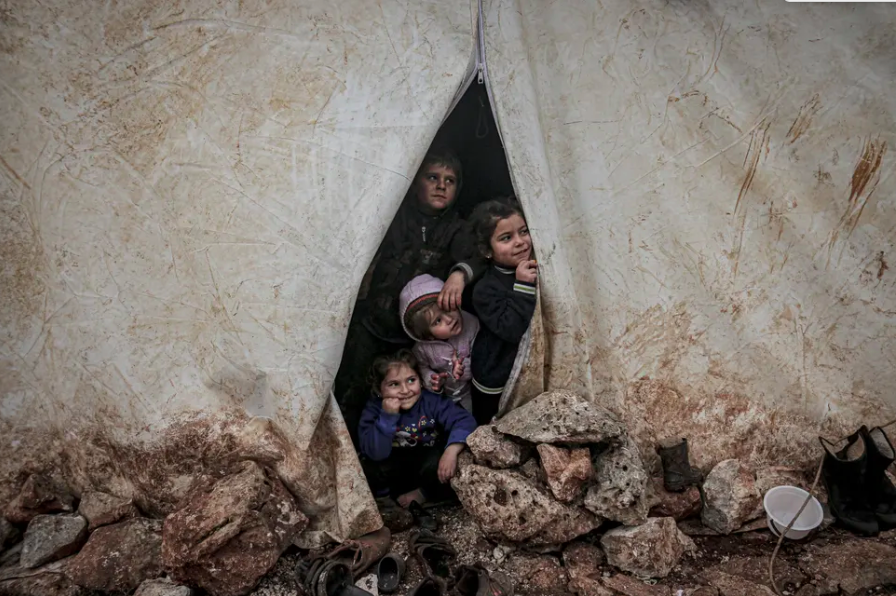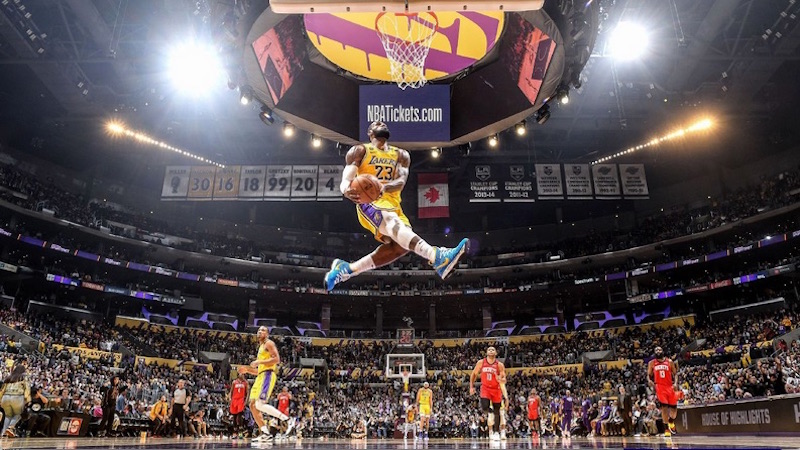Four-time Pulitzer Prize winner, Carol Guzy, says message thread on Facebook does a disservice to the photojournalists that made POY winning images and the people that are portrayed in them.
Time on my hands with wretched lungs and new-puppy duty, so felt compelled to comment (forgive the long 2 cents):
With all due respect, I feel there is a message thread (below) that does a disservice to the photojournalists that made POY winning images and most importantly the people portrayed in them. It’s quite easy from a place of comfort and privilege to debate sophistication of visual storytelling. Much harder when you are mired in a brutal reality of conflict, hunger, oppression, etc. Yes, ‘black and brown’ inhabitants of our planet are still disproportionally suffering. Anyone struggling in those shadows of despair, of any race, gender, ethnicity etc. may be grateful for journalists that cared enough to highlight a desperate situation and hopefully promote change.
Contest judging is subjective and it’s easy to second-guess. Of course it would be great to have more dialogue about the process - contests should be less about winning and more about learning. POY does a live stream, which is commendable and should be the norm. Looking at the images that placed, I’m trying to understand many of these comments, including the need for hope rather than such emphasis on problems. First place in portrait series is a delightful look at a slice of humanity. Coney Island piece is positively charming. We do need balance in coverage - most vitally to document news situations and issues in dire need of change; but also to celebrate the poetry of life. We can all discuss and debate the selections of the judges but I believe many of the photojournalists recognized are compassionate professionals. If I was in the dire circumstances they have portrayed, I would be grateful for their concern. We can throw around that word cliché - but the situation is anything but cliché to a desperate woman holding her starving baby whatever the color of her skin.
It seems unfair to generalize, painting all winning entries with the same brush of disapproval. There are many deserving images from 2020 that didn’t place and I too would have perhaps chosen differently, but narrowing it to the best is a difficult task. Perhaps there should be a folder of photos that lasted through final rounds so viewers have a wider range of ‘best’ with detailed discussion. It would be helpful if the judges (that volunteer their time) would weigh in about their choices that are being criticized. Also would love to hear from the photographers about their thought process and heart when taking the pictures. Most vitally would be the voice of people in the pictures about any feelings of exploitation - or the opposite. Always, there are as many opinions about photographs as there are pictures in each category. Different set of judges = different set of photos. Healthy debate should be encouraged for us all to visually evolve but done in a way that is constructive. Some favorite images from this past year didn’t win but is that a reason to diss all those that did?
Many here say it’s a matter of ‘how’ we report a story, not the fact we should indeed continue to document poverty and the pressing issues that continue to plague our world. Diversity in journalism for coverage of our diverse world is ideal and necessary. We do our best to translate, but it’s never the same as walking in another’s shoes. Of course, it’s crucial to spend time and portray a more intimate view of experiences and issues - but how many have that luxury in today’s state of photojournalism? Best to seek solutions not only complain about contest wins. Focus on how to better equip photojournalists with the resources it takes to spend the time necessary for coverage with more depth. For instance, publications can help struggling photographers by supporting long-form journalism in all ways; truly committing to the story and the people that have the courage to open up their lives to our cameras; honoring the instincts of photojournalists by having their back when the story needs more time; encouragement and understanding for a journalist’s wellbeing when witnessing so much of the sorrows and inequities of this world yet still putting the narrative over their own needs as they pursue truth. It’s really hard to stay with a story when it’s ripping your own heart to shreds. Photographers also need emotionally sophisticated and caring editors so they can make the intimate images so many here are demanding that better represent minorities especially. It’s easy to applaud great immersive photojournalism but how many in management truly champion it by dedicating the necessary time and funds. Tangible assistance would be paying freelancers properly and not demanding rights to their images for a mere day rate. Ever. The press claims to be a watchdog of the world, yet we treat our own so unfairly. So many young photographers have the passion for poignant comprehensive storytelling, yet can’t fund their projects much less pay their bills. Surely that’s as important as the ‘message’ sent by contest judging.
I truly believe most photojournalists are concerned and caring individuals that do their best to highlight issues. Their goal is not to produce “poverty porn” – ugh, an awful term. The only thing pornographic about poverty is that it is still so pervasive - along with fear, conflict, repression, inequality and on and on. Perhaps society should find these issues most intolerable not the pictures that remind us of it. There are photographers on this thread whose work I deeply respect, as their opinions. But I also feel sad for the winners that are having their images dissected in this way. We can all enhance our own level of empathy and move forward with the way we visually represent those who trust us with telling their stories. Can we all be humble enough to know we can each strive to do better? I hope to not merely coach from a safe and cozy chair, but also mentor young photographers in the trenches we share with those that we document.
There will possibly be backlash to this message, but just trying to speak for the voiceless - this time the journalists who need support for their in-depth projects and those honored by POY for outstanding work that have all been lumped into the same criticisms with this message thread. I didn’t win, but would like to celebrate many of our colleagues who did.












